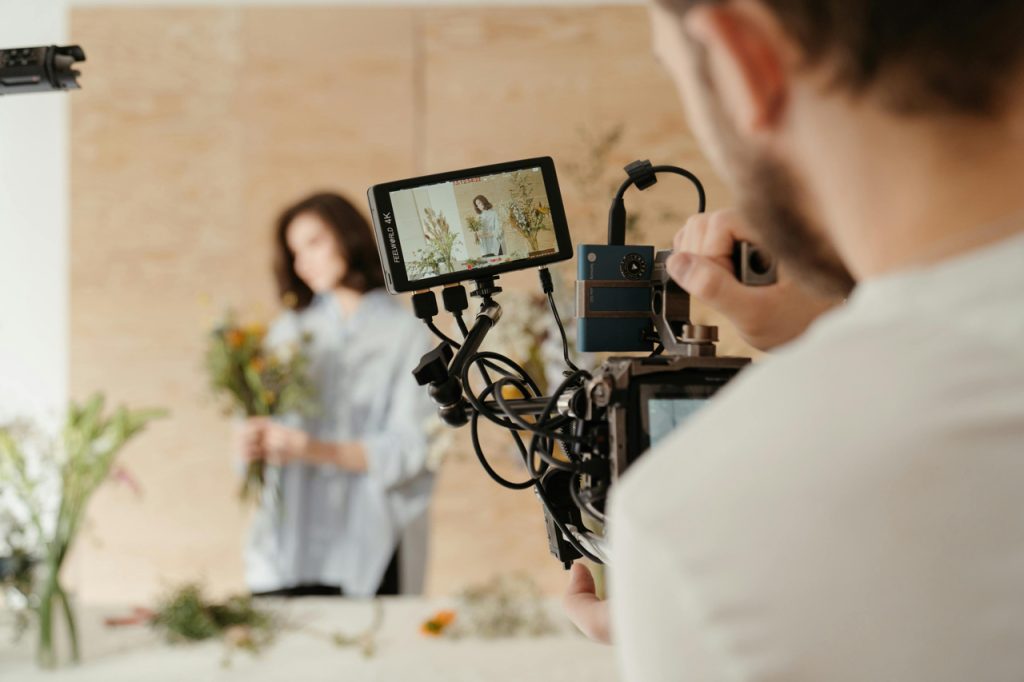
From Idea to Screen: The Digital Content Creation Process for Young Roma
Introduction
Creating digital content is a multifaceted process that involves various stages, from brainstorming ideas to sharing the final product with an audience. For young Roma creators, understanding this process is essential for successfully conveying their messages and stories. This article provides a step-by-step guide to the digital content creation process, specifically tailored for young Roma.
Step 1: Brainstorming Ideas
The journey of content creation begins with brainstorming ideas. Young Roma creators should consider their unique perspectives, experiences, and cultural heritage when generating ideas. This process can involve jotting down themes, stories, or concepts that resonate with their identity.
Example: Thematic Exploration
For instance, a young Roma filmmaker might explore themes of identity, community, or social issues affecting Roma youth. By grounding their ideas in personal experiences, they can create authentic and relatable content.
Step 2: Planning and Scripting
Once ideas are generated, the next step involves planning and scripting. Creators should outline their content, determining key messages and story arcs. This stage allows for organization and clarity, ensuring that the final product effectively conveys the intended message.
Using Storyboards
Many young creators find it helpful to use storyboards to visualize their content. This technique can aid in structuring the narrative and identifying necessary visuals or audio elements.
Step 3: Production
The production phase involves capturing video, recording audio, or creating visual elements. Young Roma creators should familiarize themselves with the tools and equipment needed for production, whether it’s a smartphone for filming or software for editing.
Collaborative Production
Collaboration can enhance the production process. Many young creators work together, pooling their skills to produce high-quality content. By collaborating with peers, they can share responsibilities and bring diverse perspectives to the project.
Step 4: Editing and Post-Production
Editing is a crucial step in the content creation process. Young creators should explore editing software to refine their work, adding transitions, music, and visual effects. This phase allows for creativity and experimentation, helping to elevate the final product.
Learning Resources
Numerous online resources and tutorials are available to assist young creators in learning editing techniques. Engaging with these resources can enhance their skills and confidence in the editing process.
Step 5: Sharing and Promotion
The final step is sharing the content with an audience. Young Roma creators should consider various platforms for distribution, such as “YouTube”, social media, or personal websites. Promoting their work is equally important, as it helps reach a wider audience and fosters engagement.
Engaging with the Audience
Creators can engage with their audience by responding to comments, encouraging discussions, and seeking feedback. Building a relationship with viewers enhances the overall impact of their content.
Conclusion
Understanding the digital content creation process is essential for young Roma creators looking to share their stories and perspectives. By following these steps—from brainstorming ideas to sharing their work—they can navigate the journey of content creation with confidence and creativity. As they continue to hone their skills, they contribute to a richer digital landscape that reflects the diversity of Roma voices.